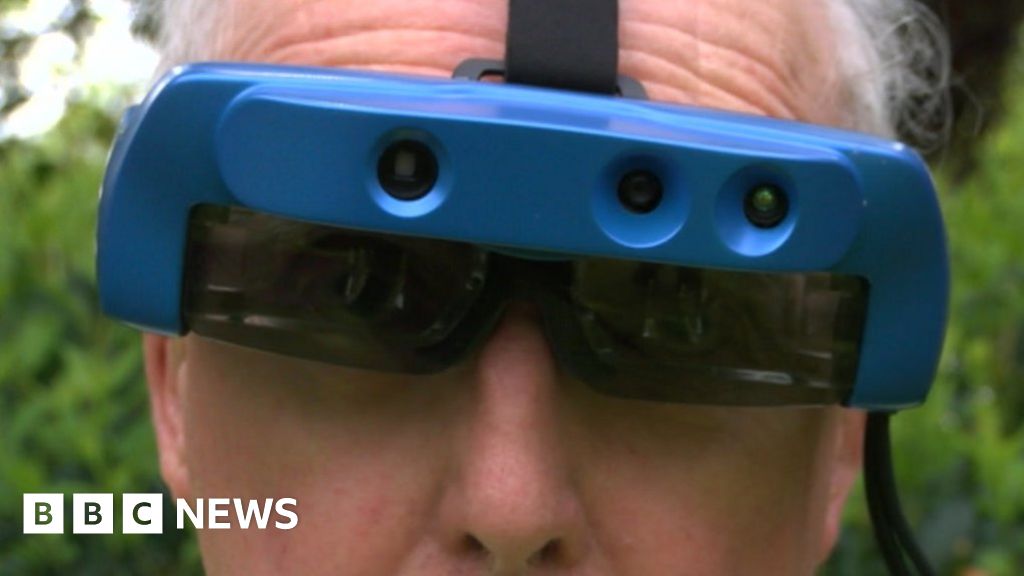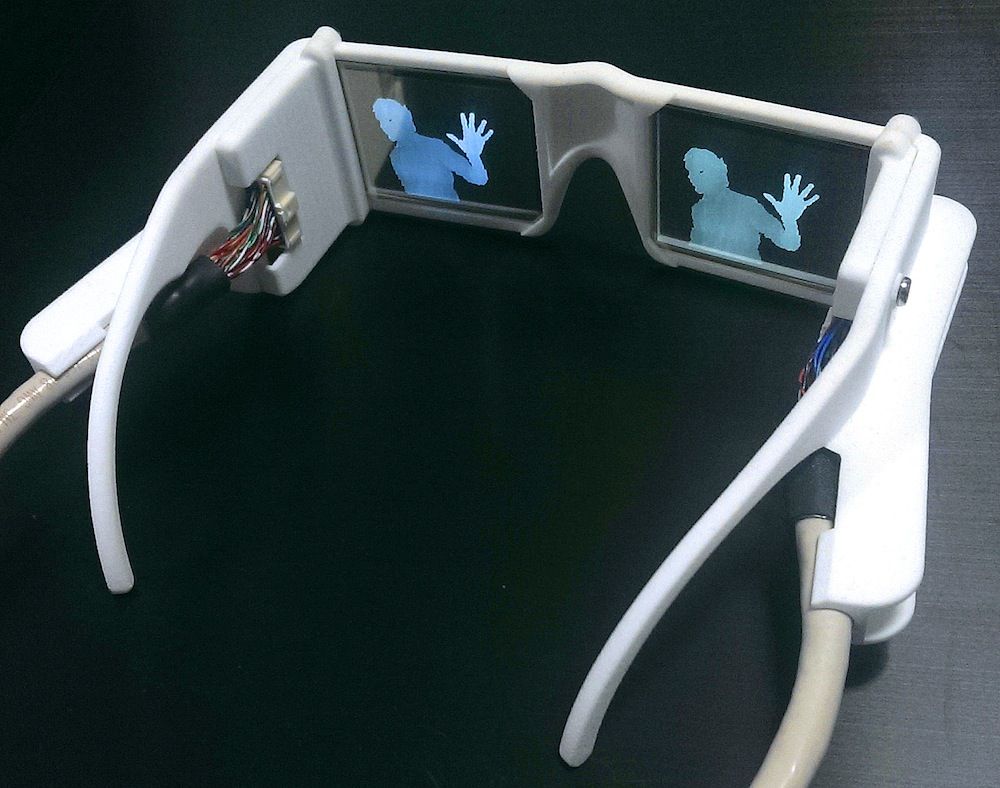Discover Advanced Assistive Gadgets for Individuals With Aesthetic Disabilities
The landscape of assistive innovation for people with visual impairments is advancing rapidly, providing a variety of innovative tools that enhance autonomy and involvement (Braille displays and notetakers). From smart glasses that effortlessly combine visual input with acoustic advice to advanced navigating applications that redefine spatial recognition, these tools are reshaping opportunities. Moreover, the most recent advancements in Braille innovation and voice-activated systems dramatically add to access. The ramifications of these advancements prolong much beyond simple performance; they challenge conventional perceptions of disability and freedom. What might this mean for the future of addition and assistance?
Smart Glasses Innovations
Smart glasses stand for a substantial development in assistive innovation for people with aesthetic impairments. Furnished with electronic cameras and sensing units, smart glasses can catch real-time visual info, which is after that refined and shared to the customer through audio feedback or haptic feelings.
Furthermore, innovations in expert system have further enhanced the capabilities of smart glasses. Artificial intelligence formulas can acknowledge faces, checked out text, and identify objects, making them vital devices for day-to-day tasks. Users can obtain acoustic cues that provide context about their environment, cultivating independence and confidence.
Furthermore, the ergonomic design and lightweight nature of many clever glasses make them ideal for long term use, guaranteeing comfort while enhancing capability. As these tools remain to evolve, they hold the potential to revolutionize the means people with visual impairments experience their lives, linking the space between ease of access and innovation. The recurring research and development in this area assurance to broaden the possibilities for clever glasses, making them an important component of contemporary assistive devices.
Navigating Apps and Devices
Many navigation applications and tools have actually become important sources for individuals with visual disabilities, considerably improving their capacity to traverse strange atmospheres. These technologies take advantage of GPS performance, audio cues, and real-time information to provide individuals with precise navigating support.
One noticeable example is the Aira app, which attaches users to experienced representatives who can offer aesthetic descriptions of surroundings and navigating guidance with a real-time video feed. This service improves the individual's spatial recognition and confidence while navigating. An additional notable tool is Seeing Eye GPS, which uses voice-guided navigating and sights, allowing customers to access important details concerning their surroundings.

As modern technology proceeds to development, the advancement of a lot more advanced navigation devices assures to additional equip individuals with aesthetic disabilities, promoting smooth wheelchair and combination into varied atmospheres. Such technologies contribute in advertising a much more inclusive culture.
Braille Innovation Developments
In current years, advancements in Braille innovation have actually significantly transformed exactly how people with aesthetic problems accessibility information and involve with the world around them. The advancement of portable Braille displays has actually revolutionized analysis by permitting customers to connect wirelessly to computers, mobile phones, and tablets. These gadgets transform text into Braille in real-time, allowing seamless interaction with digital content.
Moreover, cutting-edge Braille printers have actually arised, improving the production of tactile materials. Modern embossers are much faster and extra reliable, permitting for the quick development of Braille papers Speech-to-text devices for low vision and academic materials. This efficiency reduces the moment and price connected with creating Braille resources, making them more accessible to companies and institutions.
Furthermore, the assimilation of Braille with various other technologies, such as man-made intelligence and equipment discovering, has opened brand-new avenues for personalized learning experiences. Voice acknowledgment and synthesis innovations can complement Braille, giving an inclusive approach to details dissemination.
As the need for inclusive education and learning and work environment environments expands, these technological innovations play a crucial function in encouraging individuals with aesthetic disabilities, ensuring they have equivalent access to info and opportunities in different aspects of life.
Wearable Tools for Self-reliance
A growing selection of wearable devices is improving independence for people with aesthetic disabilities, providing cutting-edge services that boost navigation and everyday living. Braille displays and notetakers. These tools utilize sophisticated modern technologies to supply real-time responses and support, promoting freedom in numerous environments

Wearable modern technology additionally consists of smartwatches that can be programmed with ease of access functions, allowing users to receive notifications, track their areas, and even ask for help with the touch of a button. Some devices include man-made intelligence to evaluate the setting, offering sound descriptions of neighboring things or individuals.
Voice-Activated Assistive Solutions
Leveraging voice-activated assistive remedies has actually changed the landscape of support for individuals with visual problems, supplying hands-free interaction and accessibility to a range of tasks. These modern technologies use natural language handling and expert system to allow users to execute daily tasks with simple voice commands.

Additionally, current developments in voice acknowledgment precision have enhanced the individual experience significantly, fitting varied accents and speech patterns. This inclusivity ensures that more individuals can benefit from these technologies, fostering a higher feeling of autonomy.
Conclusion
To conclude, the development of advanced assistive gadgets dramatically enhances the freedom and lifestyle for individuals with visual problems. Technologies such as wise glasses, navigation applications, Braille modern technology, wearable gadgets, and voice-activated remedies collectively cultivate an even more comprehensive atmosphere. These technologies equip individuals to browse their surroundings with confidence and engage more fully with the world, ultimately advertising better accessibility and equal opportunities for people encountering visual challenges.
The landscape of assistive technology for people with aesthetic disabilities is progressing quickly, presenting a range of cutting-edge tools that improve autonomy and engagement.Smart glasses stand for a substantial improvement in assistive technology for people with aesthetic disabilities. As these gadgets continue to advance, they hold the prospective to transform the way people with visual impairments experience their day-to-day lives, connecting the gap in between availability and technology.In current years, improvements in Braille innovation have actually substantially transformed just how individuals with aesthetic disabilities access details and involve with the world around them. These modern technologies equip users to browse their surroundings with self-confidence and engage even more fully with the globe, eventually advertising greater access and equal possibilities for individuals encountering visual obstacles.